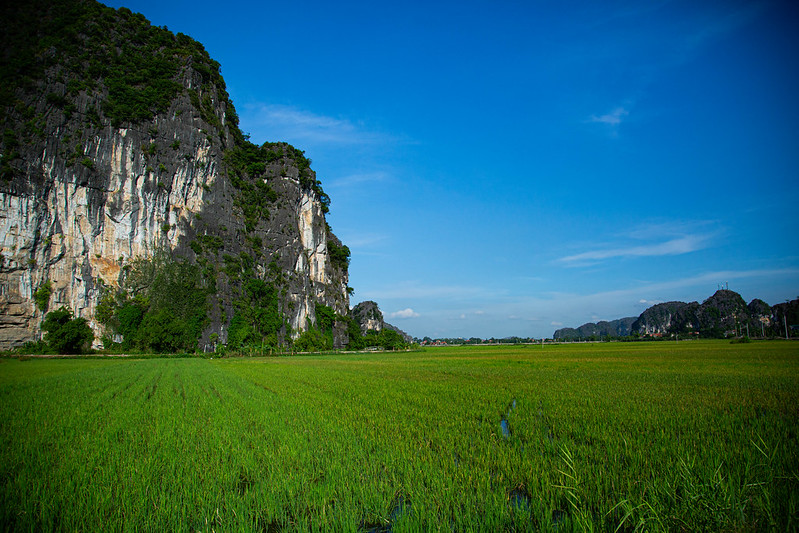A New Definition of Rainy Season Onset Dates In Vietnam Tailored to Agriculture
Researchers at the International Research Institute for Climate and Society have found a significant relationship between the El Niño-Southern Oscillation (ENSO) and the start of the rainy seasons in two agriculturally important regions of Vietnam: the Central Highlands, where most of the country’s coffee crop is grown, and the Mekong River Delta, which produces the majority of the country’s rice. The findings are part of an analysis of Vietnam’s rainy season, for which the researchers were able to do something new: define the onset dates for the country’s seven distinct growing zones based specifically on variables important to agriculture.
Their results could lead to the production of skillful forecasts of the rainy season onset date, tailored specifically to the needs of farmers, said IRI’s Nachiketa Acharya and Elva Bennett. They published their findings in the journal Atmosphere.
The timing of the rainy season is of crucial importance for farmers everywhere because it influences land preparation, the sowing and transplanting dates of major crops, and the mobilization of agricultural materials, manpower and equipment.
“Irregularities in the rainfall can have major impacts on agricultural decision making, yield and farmer livelihoods,” said Acharya, a climate scientist at IRI. “That’s why we focus so much on trying to understand the local, regional and global climate patterns that can influence the start and duration of the rainy season.”
The study was supported by Columbia World Projects’ Adapting Agriculture to Climate Today, for Tomorrow (ACToday), which uses climate knowledge to improve food security and combat hunger in Vietnam as well as in Bangladesh, Colombia, Ethiopia, Guatemala and Senegal.
The researchers first created an ‘agronomic’ definition of the rainy season onset based on the water-needs of regional crops. Then they tailored this definition for each of Vietnam’s seven distinct agroclimatic zones. This made it possible to identify the onset dates for each zone from 1980 to 2010 and look for any patterns that emerged.
In their research, Acharya and Bennett analyzed high-resolution historical rainfall data to determine how much the beginning of Vietnam’s rainy season varies from year to year, and if and how El Niño and La Niña events play a role.

For their analysis, they first created an ‘agronomic’ definition of the rainy season onset based on the water-needs of regional crops. Then they tailored this definition for each of Vietnam’s seven distinct agroclimatic zones. This made it possible to identify the onset dates for each zone from 1980 to 2010 and look for any patterns that emerged. Their results showed three key findings:
- The rainy season start date is different across the seven agroclimatic zones in any given year.
- From one year to the next, the start date can vary by approximately two weeks in each of the agroclimatic zones.
- There was a relationship between ENSO and the rainy season onset in two of the agroclimatic zones.
The results are highly relevant to local farmers and decision makers in Vietnam where the productivity and profitability of the agricultural sector is highly dependent on rainfall and the timing of the rainy season, the authors write.
“Knowing of a pending El Niño or La Niña event might allow for skillful prediction of the onset dates in two crucial growing regions of Vietnam–information that could be critical to farmers when making agricultural decisions in atypical years,” said IRI’s Bennett, a member ACToday Vietnam’s country team.
As the seasonal prediction of rainy season onset would be very useful to many Vietnamese farmers in those agroclimatic zones, Acharya and Bennett are now working to develop a seasonal forecast system of rainy season onset for these zones, based on the outcomes of this research.

You must be logged in to post a comment.